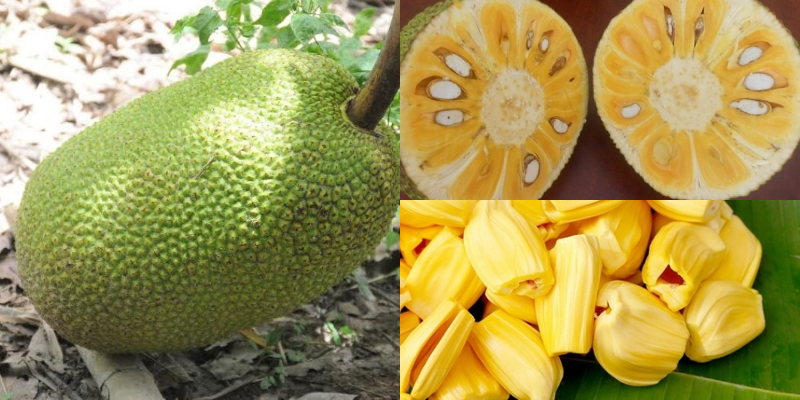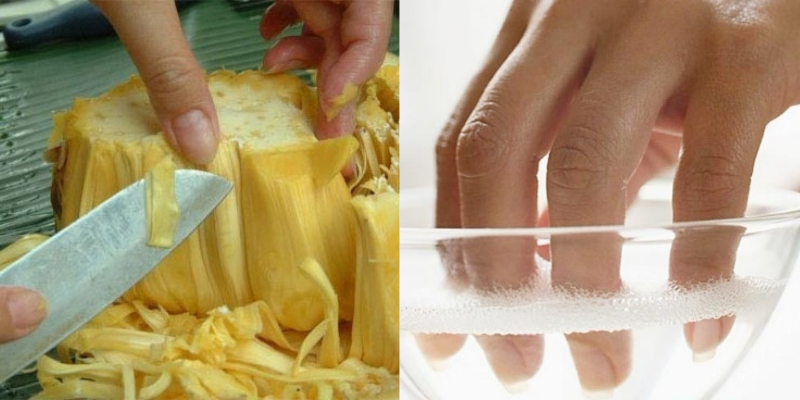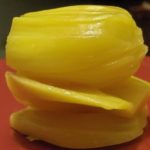Popular Varieties of Jackfruit
Jackfruit comes in many varieties, which can be broadly categorized into four main groups: honey jackfruit, chewy jackfruit, lady jackfruit, and mushy jackfruit.
Honey Jackfruit: Honey jackfruit is typically crisp and has a deep sweetness. The flesh is a bright orange color, and when knocked, it produces a dull sound, indicating that the inside is hollow. The stem feels loose, and when pressed, the skin doesn’t bounce back. Notably, the skin often turns yellow.
Chewy Jackfruit: Chewy jackfruit, as the name suggests, has a chewier texture and a strong fragrance. It’s mildly sweet, and when knocked, it makes a confident thumping sound. The stem is firm, and the skin bounces back when pressed. The skin of chewy jackfruit is usually a deep green color.
Lady Jackfruit: This variety of jackfruit is oval-shaped and elongated, weighing between 1 and 6 kilograms. Most lady jackfruits in the market weigh less than 2 kilograms. The flesh is yellow or deep orange, sweet, and slightly moist, with a hint of durian flavor.
Mushy Jackfruit (Wet Jackfruit): This variety is quite similar to lady jackfruit but larger in size. The flesh doesn’t cling tightly to the stem like lady jackfruit, and it has a milder taste, which is why it’s less popular.

How to Choose a Good Jackfruit
– Shape: Look for a jackfruit that is evenly round without any indentations or constrictions. Fruits with constrictions often have more fiber or are damaged and infested with worms.
– Spines: The spines of the jackfruit should not be too long or sharp. Instead, look for fruits with broader, blunter spines that are spaced further apart.
– Sound: Gently knock on the jackfruit; a solid sound indicates a ripe and healthy fruit without any hollowness.
– Ripe Jackfruit: A ripe jackfruit will have a strong, distinctive fragrance, and the skin will feel soft when pressed.
– Color: If you’re buying pre-peeled jackfruit, make sure the flesh is a bright yellow color, which indicates sweetness.

Peeling Jackfruit Without the Mess
Peeling jackfruit can be a sticky business, with the latex-like sap often adhering to your hands and knife. Here are some tips to make the process less messy:
+ Knife: If your knife gets covered in sap, place it in the refrigerator. The sap will contract, and you can then use a plastic bag to remove the sap and clean the knife.
+ Hands: To avoid getting sap on your hands, consider wearing gloves while peeling. If you find gloves cumbersome, try applying a thin layer of cooking oil on your hands first; the sap won’t stick to the oiled surface. Afterward, wash your hands with warm water to remove any residual oil.

For more information, visit: cooky.vn
Note: Chewy jackfruit and honey jackfruit can be enjoyed fresh, but they’re also delicious when dried, used in sticky rice dishes, fried jackfruit cakes, or blended into jackfruit ice cream.


































